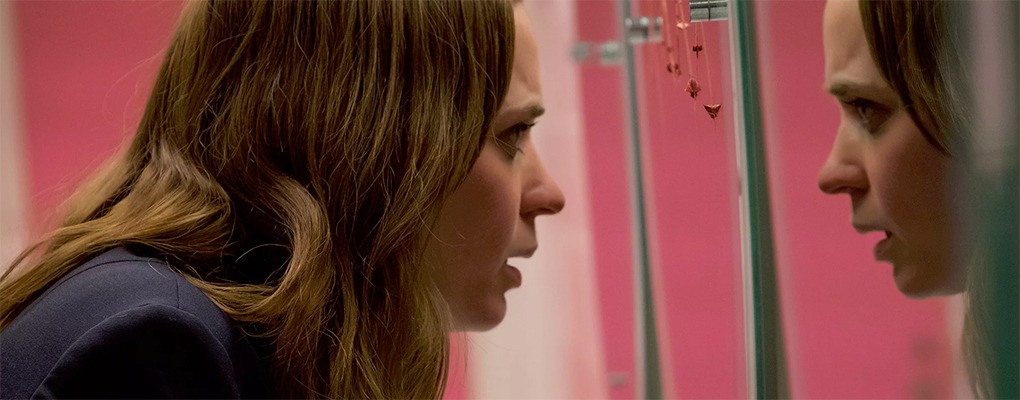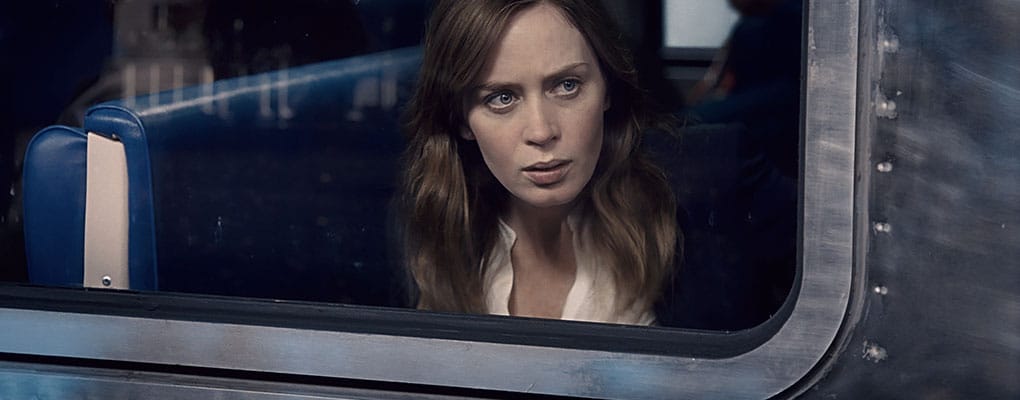Films
Review: The Girl on the Train
In 2015 a psychological thriller novel made us all stare out of the window of a train into the back gardens of unknown residents and imagine their lives in intricate, warped detail. It turned every reader into obsessed voyeurs desperate to know what happened to missing woman Megan Hipwell. Such was the power of Paula Hawkins‘ global bestseller The Girl On The Train. It captivated. With such a phenomenal book to live up to, does the hotly-anticipated big-screen version of the novel do it justice?
The film rides a narrative that doesn’t veer too far from the book. Alcoholic Rachel travels on the same train to and back from the city each day and becomes fixated with the lives of Megan and Scott Hipwell, who live a few doors down from her ex-husband Tom and new wife Anna. When Megan goes missing Rachel can’t help but get involved and turns detective in a bid to help grieving husband Scott, and ultimately herself.
Retaining the structure of the original thriller, three-interweaving narratives from Rachel, Megan and Anna move backwards and forwards in time to create an uneasy and fragmented version of events before and after Megan’s disappearance. On screen this constant rotation of narrator is signified by voice-over and close-up shots, which result in limited action and a reliance on the inner monologue.
Emily Blunt gives a confident performance as unreliable fantasist Rachel whose drinking has forced her life to spiral out of control. Although one of three narrators, the film (like the book) focuses on Rachel’s story predominantly and is therefore carried by Blunt’s solid performance.

This strength comes from Emily Blunt’s portrayal of alcoholism – her obsession, struggle with and dependence on alcohol is painfully apparent throughout. If ever we’re in doubt as to whether Rachel’s had a drink however, we can check her eyeliner, which seems to be either smudged or perfectly applied, depending on her sobriety. Sign-posts, like the eyeliner, are a little heavy handed throughout.
The major change from the book is location – from London to New York. Instead of Rachel’s familiar commute into London Euston from the suburbs, she’s now on the Metro-North line from Westchester to Manhattan, NYC. Gone are the classic Victorian terraces of everyone’s imagination, replaced by detached American homes with shutters, white picket fences and really big gardens.
Whilst off-putting for the first few frames, NYC becomes a comfortable home for Rachel and unfolding drama, highlighting the central themes of isolation, loneliness, claustrophobia, betrayal, voyeurism and addiction. The location shift works to expose these themes as universal, able to transplant cities and communities. We’re all obsessed with each others’ lives no matter where we live.
Despite the novel being such a page-turner, the film doesn’t seem to reach the same speed. Overall, the pace never seems to change and the walls don’t close in particularly effectively to reach the thriller’s conclusion.
As such a highly-anticipated film for many fans of the book, The Girl On The Train might fall short – as do so many book to film adaptations. But for audiences new to the story it’ll be an interesting-enough portrayal of addiction, manipulation and memory loss in a world of brief encounters.
Screenplay by Erin Cressida Wilson
Directed by Tate Taylor
Stars: Emily Blunt, Rebecca Ferguson, Hayley Bennett, Justin Theroux, Luke Evans
Have you seen The Girl on the Train yet? Let us know your thoughts in the comments below!
1 Comment
Join the discussion
Please note: Moderation is enabled and may delay your comment being posted. There is no need to resubmit your comment. By posting a comment you are agreeing to the website Terms of Use.



Nice review